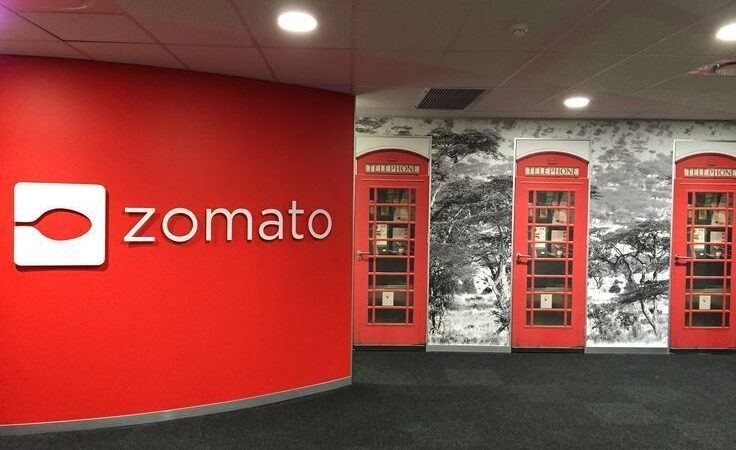Flipkart: Transforming E-Commerce in India

In the bustling landscape of Indian e-commerce, Flipkart stands tall as a pioneering force that has redefined the way people shop online. Co-founded in 2007 by Sachin Bansal and Binny Bansal, Flipkart has grown from a modest online bookstore to a tech giant, offering a diverse range of products and services. This article delves into the journey, key features, and impact of Flipkart on the Indian e-commerce scene.
Founding and Early Growth:
The story of Flipkart begins with the shared vision of Sachin and Binny Bansal, who, inspired by the success of global e-commerce giants, sought to create an online marketplace tailored to Indian consumers. Starting with a focus on books, Flipkart quickly expanded its product offerings to include electronics, fashion, home appliances, and more. The founders’ commitment to customer satisfaction and innovative solutions laid the foundation for Flipkart’s rapid growth.
Innovations and Customer-Centric Approach:
Flipkart has been at the forefront of introducing innovative features that have reshaped the e-commerce landscape in India. One such pioneering move was the introduction of the cash-on-delivery (COD) payment option, addressing the prevalent concerns about online payment security. This customer-centric approach significantly contributed to the platform’s wide acceptance, especially in a market where online transactions were initially met with skepticism.
Flash Sales and Discounts:
To capture the attention of the price-conscious Indian consumer, Flipkart implemented the flash sales model, offering limited-time deals on popular products. This marketing strategy not only created a sense of urgency but also generated a buzz around product launches. Coupled with attractive discounts and promotional offers, Flipkart became synonymous with value-for-money shopping, attracting a massive user base.
Strategic Acquisitions:
Flipkart’s journey has been marked by strategic acquisitions that have expanded its market reach and diversified its offerings. The acquisition of Myntra, a leading fashion e-commerce platform, strengthened Flipkart’s position in the apparel and lifestyle segment. Jabong, another notable acquisition, further solidified its presence in the fashion industry. The purchase of PhonePe, a digital payments platform, positioned Flipkart to tap into the burgeoning fintech space.
Walmart Acquisition:
In 2018, Flipkart reached a historic milestone when Walmart, the global retail giant, acquired a significant stake in the company for $16 billion. This deal not only validated the success of Flipkart but also injected substantial capital and resources, enabling the company to explore new avenues and expand its reach.
Diversification and Innovation:
Flipkart has consistently diversified its services to cater to evolving consumer needs. Initiatives like Flipkart Plus, a loyalty program, and Flipkart Wholesale, a B2B platform for small businesses, showcase the company’s commitment to innovation and customer engagement. Additionally, Flipkart has ventured into private label products, offering exclusive and competitively priced items to its customers.
Conclusion:
Flipkart’s journey from a modest online bookstore to an e-commerce giant is a testament to the resilience, innovation, and adaptability that characterize successful startups. As it continues to evolve and shape the future of Indian e-commerce, Flipkart remains a key player in the dynamic and competitive landscape, influencing how millions of Indians shop online.






